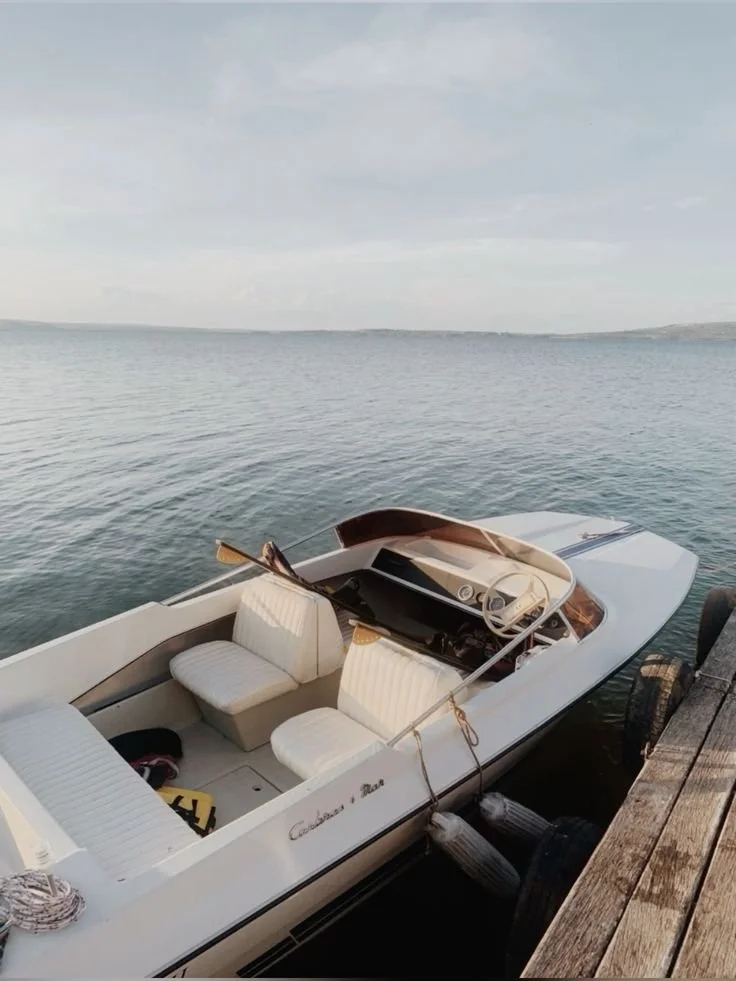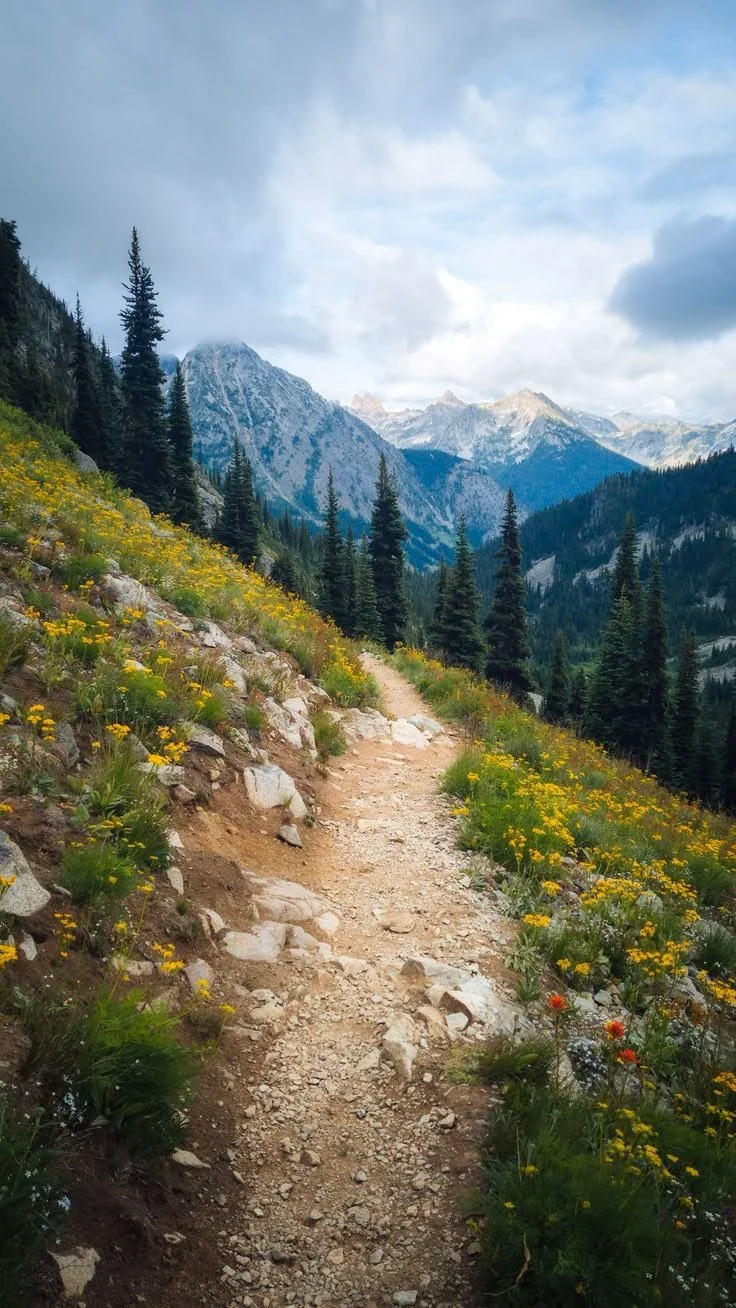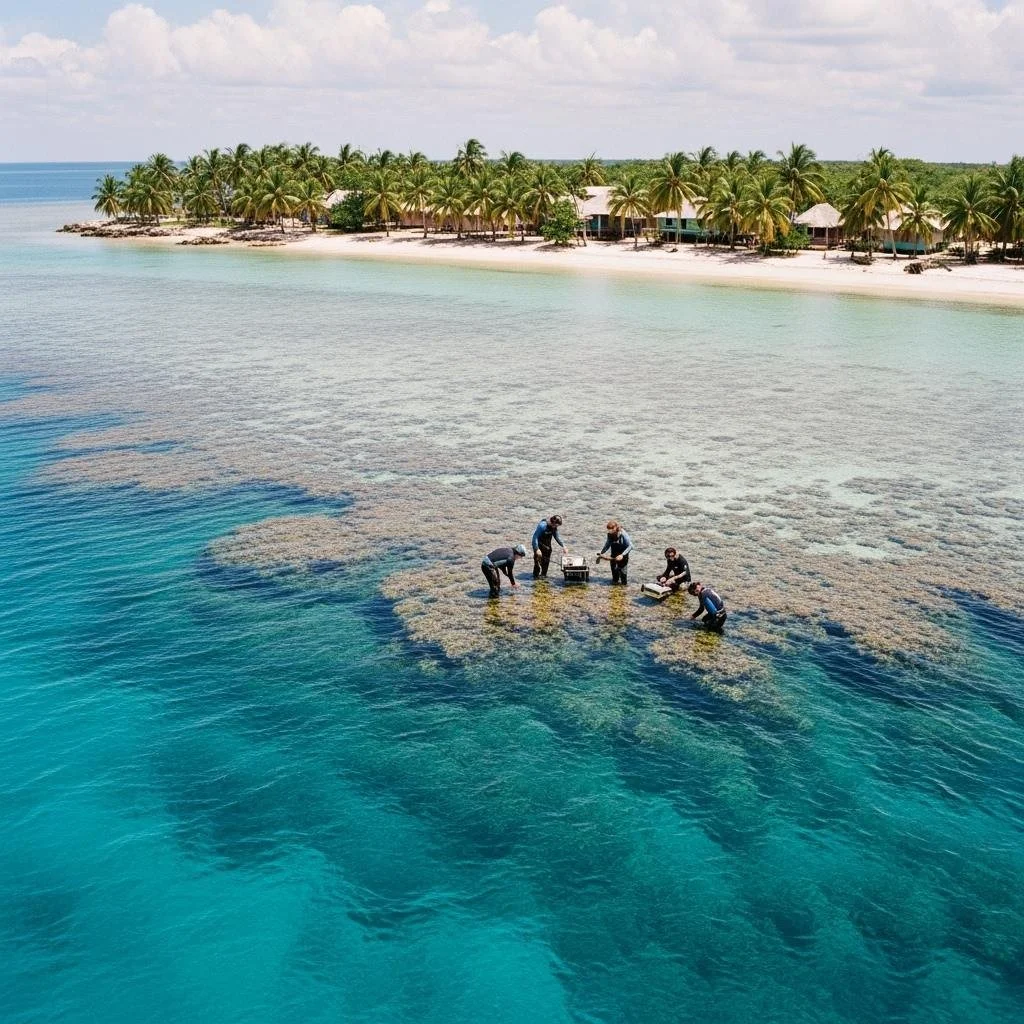Winter Camping Checklist: Essential Gear For Cold Weather
Winter camping doesn’t have to mean suffering through frigid nights or waking up in a damp, frozen tent. With the right system built for sustained cold, your winter trips can be comfortable, predictable, and safe. Whether you’re a seasoned backcountry explorer or a beginner looking to extend your camping season, understanding how to manage moisture, heat, and insulation is the key to thriving—not just surviving—in sub-zero conditions.
This comprehensive guide breaks down the core elements of successful winter camping, with a special focus on hot-tent camping, a practical and effective approach that allows you to dry gear, cook meals, and sleep soundly without battling condensation or wind chill. With expert-tested gear from RBM Outdoors, including four-season tents and stove systems, you’ll be equipped to build a warm, efficient base camp that performs even in the harshest climates.
No. 1
Why Hot-Tent Camping Works in Winter
Hot-tent camping is a game-changer for cold-weather adventures. Unlike traditional winter setups that rely solely on passive insulation, hot tents incorporate a tent stove, allowing you to actively heat your shelter, dry wet layers, and cook meals inside a protected environment.
Key Benefits of Hot-Tent Camping
Dry gear faster: No more frozen gloves or damp sleeping bags.
Cook inside safely: With proper ventilation and heat shielding.
Stay warm and rest better: Especially critical on multi-day trips.
Reduce condensation: Active airflow prevents frost buildup inside the tent.
RBM Outdoors specializes in hot-tent systems designed for real-world winter use. Their shelters are engineered with durable materials, efficient stove compatibility, and user-friendly setup, making them ideal for both beginners and experienced cold-weather campers.
No. 2
Quick Essentials: Top 10 Must-Have Items for Winter Camping
If you're short on time and need to pack efficiently, begin with these ten essential items. A trusted winter tent with stove, like the Panda Large, delivers consistent heat and effectively dries out damp layers—creating a warm, dry base camp that enhances the performance of your entire camping system.
4-season tent with stove jack, strong guylines, and snow-load support
Tent stove with spark arrestor and heat-resistant mat
Fuel for long burns + reliable fire starters
Sleeping bag rated below your trip’s forecast low
Insulated sleeping pad with high R-value
Second pad or liner for ground insulation
Waterproof shell jacket and pants with ventilation
Insulated boots + spare dry socks
Headlamp with fresh batteries + backup set
Compact first-aid and repair kit for shelter and stove
No. 3
Shelter & Sleep System: Your First Line of Defense
Choosing the Right Tent
A reliable winter shelter must withstand:
Heavy snow loads
Strong winds
Condensation control
Look for a true four-season tent with a stove jack, heat shielding, and ample space to move safely around the stove. RBM Outdoors’ Panda Large is a standout option, offering robust construction and compatibility with wood-burning stoves.
Pitching Tips for Cold Conditions
Pack and level snow before setup
Let the snow sinter (harden) before final tensioning
Use snow stakes or deadman anchors
Guy out every point to prevent sagging from frost
Sleep System Setup
Your sleep system must retain heat even when the stove is off:
Use a sleeping bag rated below your lowest expected temp
Pair a high-R inflatable pad with a closed-cell foam pad
Store a dry “sleep” base layer and socks in a sealed bag
Add a liner for extra warmth and moisture control
Use a hot water bottle (wrapped and upright) near your core or feet
Cotswold Outdoors
Your premier destination for outdoor enthusiasts seeking the perfect camping gear and accessories. Explore their extensive selection of products that cater to every style of camping, from family getaways to solo treks.
No. 4
Clothing Systems: Layering That Actually Works
Think in Systems, Not Pieces
Each layer has a purpose:
Base layer: Wicks sweat (merino or synthetic)
Mid layer: Insulates (fleece or synthetic/down)
Outer shell: Blocks wind/snow and vents moisture
Avoid cotton at all costs—it traps moisture and chills you fast.
Pro Tips for Cold-Weather Layering
Put on your insulated jacket before you get cold
Use a wind shirt for moderate cold to avoid over-sweating
Dry damp cuffs and collars with gentle stove heat
Rotate gloves and mitts as they dampen
Cover head and neck with a beanie + balaclava or buff
Change into dry sleepwear before bed
No. 5
Footwear & Traction: Warm Feet, Safe Steps
Boots That Work in Deep Cold
Choose waterproof winter boots rated below your trip’s low temperature
Allow room for toe movement—compression kills warmth
Prefer boots with removable liners for easy drying
Sock Strategy
Use a thin wicking sock under a medium insulating sock
Consider vapor-barrier liners if sweat is an issue
Change into dry socks before bed and warm tomorrow’s pair in your bag
Traction Tools
Microspikes: For packed trails and icy flats
Snowshoes: For deep, unconsolidated snow
Crampons: For steep or technical terrain
Practice using your traction gear with gloves on—accessibility matters.
No. 6
Kitchen, Water & Fuel: Efficient and Safe Cooking
Tent Stove Use
Treat it as a heat source first, cooking second
Always use a spark arrestor and heat-resistant mat
Maintain high and low ventilation to prevent CO buildup
Open-Flame Cooking
Build a stable snow platform
Use a rigid base to prevent stove tipping
Cook outside or in a well-ventilated vestibule
Fuel Planning
Melting snow is fuel-intensive—bring extra
White gas is reliable in deep cold
Use remote-canister stoves with inverted canisters for liquid feed
Insulate stoves from snow and shield from wind
Water Strategy
Start with liquid water, then melt clean snow
Use wide-mouth insulated bottles, stored upside down
Keep one bottle and your filter in your sleeping bag overnight
Sip warm fluids often and favor quick-rehydrating meals
No. 7
Navigation, Safety & Emergency Preparedness
Navigation in Winter
Always carry a map and compass
Treat batteries as consumables—keep electronics warm
Mark the camp and junctions before visibility drops
Avalanche Awareness
Check daily avalanche forecasts
Avoid slopes with recent whumping, cracking, or sliding
Practice with a beacon, probe, and shovel at camp
Emergency Gear
Set a turnaround time and stick to it
Pack a bivy sack, fire starters, and repair tools
Use a satellite messenger or PLB for off-grid communication
Share your route plan with someone at home
No. 8
Campsite Selection & Setup
Choosing the Right Location
Look for natural windbreaks (trees, terrain features)
Avoid gullies, cornices, and drift-prone areas
Create a flat, packed platform with room to move safely
Ventilation & Safety
Vent high and low from the start to reduce condensation
Use bright tags on guylines to prevent tripping
Keep a shovel and gloves accessible near the stove
No. 9
First Aid & Field Repairs
Cold Injury Prevention
Learn the signs of frostbite and hypothermia
Rewarm gently with body heat or warm water
Treat burns with lukewarm water, not direct heat
Repair Kit Essentials
Adhesive patches and tape for fly, pad, and gear
Needle, thread, zip ties, and multitool
Pole repair sleeve, extra guyline, spare o-rings
If a pad fails, use clothing, foam, or your pack for insulation
No. 10
Personal Items That Make a Difference
Microfiber towel for snow melt and condensation
Dedicated cloth for stove and cooking surfaces
Biodegradable soap, toothbrush, lip balm, and skin salve
Pre-sorted medications in waterproof pouches
Redundant day’s supply of critical meds in a separate pocket
FAQ
What is a hot tent and why is it ideal for winter camping?
A hot tent is a four-season shelter equipped with a stove jack, allowing for the safe use of a wood-burning stove inside. It provides active heat, lets you dry gear, and reduces condensation, making it ideal for cold-weather trips.
How do I safely use a stove inside a tent?
Use a tent with a built-in stove jack, maintain high and low ventilation, place a heat-resistant mat under the stove, and keep clearances around the pipe. Always monitor for carbon monoxide and never seal the tent completely.
What sleeping bag rating should I choose for winter camping?
Choose a bag rated below the lowest forecast temperature of your trip. Look for the EN/ISO lower limit rating and pair it with a liner and high-R sleeping pads for optimal warmth.
How do I prevent condensation inside the tent?
Maintain steady airflow by venting high and low. Avoid sealing the tent shut, and dry wet gear with gentle stove heat before sleeping. A routine of vent, dry, sleep keeps the shelter comfortable.
What’s the best way to melt snow for water?
Use a white gas stove or remote-canister stove, insulate it from the snow, and plan for extra fuel. Start with liquid water, then melt clean snow in batches. Store water in insulated bottles, upside down to prevent lid freeze.
TAkeaways
Winter camping becomes not only possible but enjoyable when your system is simple, warm, and repeatable. A solid hot-tent setup, smart layering, and consistent routines turn cold nights into restful ones. With gear from RBM Outdoors, including four-season tents and stove-compatible shelters, you can spend less time troubleshooting and more time enjoying the serenity of winter.
Pack with intention. Manage moisture. Respect the forecast. When you do, the cold becomes part of the experience—not the obstacle.
Looking for Travel resources?
Looking to embark on a transformative journey to discover new cultures, expand your horizons, and reconnect with yourself? Explore, learn, and awaken your wanderlust with our travel partners designed to support you on your next getaway.































